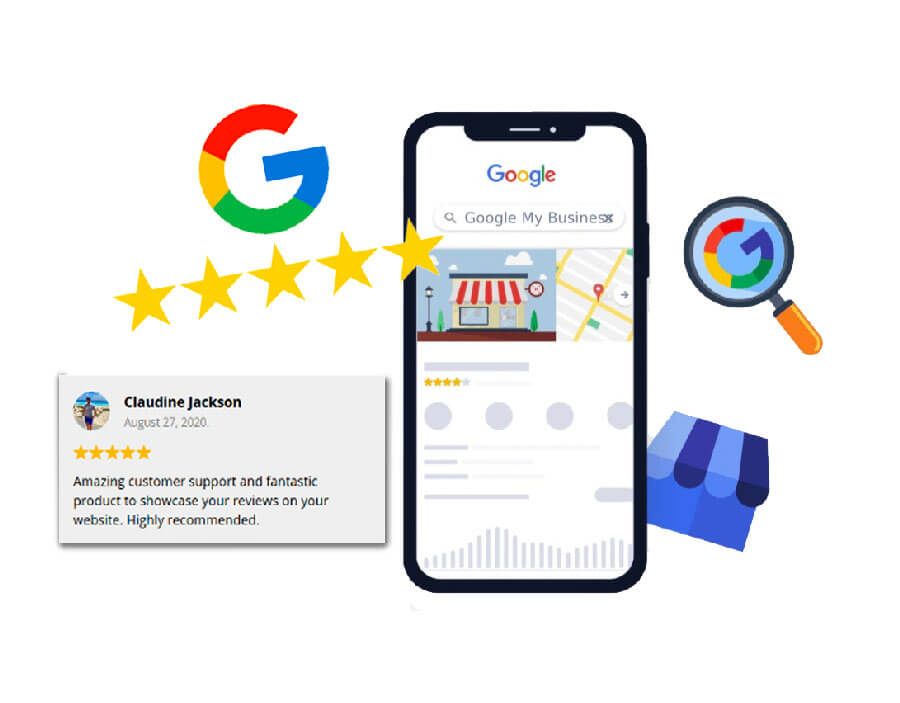Home Pro Lead Funnel
Content Marketing that Converts Leads in the Home Services Niche
In the competitive home services industry, attracting qualified leads is crucial for business growth. Content marketing is a powerful strategy that can help you achieve this goal by creating valuable and informative content that educates homeowners about their needs and positions your business as the trusted solution.
The Lead Generation Funnel
To understand how content marketing converts leads, let's look at the lead generation funnel:
| Stage | Content Type | Notes |
|---|---|---|
| Awareness | Blog Post: '5 Signs You Need a Plumber' | High-level educational content targeting homeowners with plumbing problems. |
| Social Media Posts: Plumbing tips & DIY vs. professional considerations | Short, engaging snippets on social media platforms. | |
| Consideration | Blog Post: 'The Ultimate Guide to Choosing the Right Plumber' | In-depth guide outlining factors to consider when hiring a plumber. |
| Client Testimonials & Case Studies | Showcase successful projects and satisfied customer experiences. | |
| Decision | Free Downloadable Guide: 'Common Plumbing Problems & Solutions' | Valuable resource gated behind an email capture form. |
| Email Marketing Campaign: Special offers & promotions | Targeted email campaigns to leads who downloaded the guide. |
Content for Each Stage of the Funnel
- Awareness Stage: At the top of the funnel, your goal is to raise awareness of common home service problems and establish yourself as a resource. Create informative blog posts and social media content that address homeowners' pain points.
- Consideration Stage: Once homeowners are aware of a potential need, they'll start researching solutions. Provide in-depth content that educates them about the services you offer and the benefits of hiring a professional.
- Decision Stage: At the bottom of the funnel, homeowners are ready to choose a service provider. Offer valuable downloadable resources, such as ebooks or guides, in exchange for their email addresses. Then, nurture these leads with targeted email campaigns that highlight your expertise and special offers.
By creating a content marketing strategy that addresses each stage of the lead generation funnel, you can attract, educate, and convert more qualified leads into paying customers.
Here are some additional tips for creating content that converts:
- Focus on your target audience: Tailor your content to the specific needs and interests of your ideal customer.
- Use high-quality visuals: Images, infographics, and videos can break up text-heavy content and make it more engaging.
- Optimize for search engines: Include relevant keywords throughout your content to improve your website's ranking in search results.
- Promote your content: Share your content on social media, email marketing campaigns, and other online channels.
- Track your results: Use website analytics to track your content's performance and make adjustments as needed.
By following these tips, you can create a content marketing strategy that generates leads and fuels business growth for your home service business.

By Darren Wotherspoon
•
July 24, 2022
When it comes to SEO, there isn't a magic formula to instantly send your site off to the #1 search result on Google. But there are some basic principles you should follow for a wonderful starting point. Here are the top 5 SEO practices to start with: #1 Write for people, not for search engines Always write original, interesting, high quality site content that's error free and relevant to your site. Search engines like Google can easily detect content that is duplicated from elsewhere online, that contains grammatical errors, or that is stuffed with keywords. #2 Add a blog to your site and use rich media To engage your site visitors and blog readers, create posts that include non-textual media like photos, videos, or original visualizations (infographics). Having that extra content (especially if it's captivating) will increase the time users spend on your site as well as the likelihood they will share your site with their own community. #3 Offer a positive user experience throughout your site Google will know if you're using your site to aggressively advertise your service, or if you're being too pushy. Always aim to offer site visitors a pleasant experience on your site. That means clear content, support when needed, and always an option to go back. #4 Create a network of internal links (but don't overdo it) Add links between different pages of your site and your blog, but try to follow a process that feels organic rather than heavy linking meant just for search engine crawlers. Link between pages that make sense, for example, on your services page, link a certain industry specific term, and link it to a blog post you wrote about it, that gives more information on that term. #5 Always check your site's Core Web Vitals Core Web Vitals are a standard site performance standard initially created by Google. The report shows site owners how their site pages perform 'for real,' how long it takes for site visitors to load site pages, and it offers ways to fix issues, if there are any.

By Darren Wotherspoon
•
June 29, 2022
When it comes to SEO, there isn't a magic formula to instantly send your site off to the #1 search result on Google. But there are some basic principles you should follow for a wonderful starting point. Here are the top 5 SEO practices to start with: #1 Write for people, not for search engines Always write original, interesting, high quality site content that's error free and relevant to your site. Search engines like Google can easily detect content that is duplicated from elsewhere online, that contains grammatical errors, or that is stuffed with keywords. #2 Add a blog to your site and use rich media To engage your site visitors and blog readers, create posts that include non-textual media like photos, videos, or original visualizations (infographics). Having that extra content (especially if it's captivating) will increase the time users spend on your site as well as the likelihood they will share your site with their own community. #3 Offer a positive user experience throughout your site Google will know if you're using your site to aggressively advertise your service, or if you're being too pushy. Always aim to offer site visitors a pleasant experience on your site. That means clear content, support when needed, and always an option to go back. #4 Create a network of internal links (but don't overdo it) Add links between different pages of your site and your blog, but try to follow a process that feels organic rather than heavy linking meant just for search engine crawlers. Link between pages that make sense, for example, on your services page, link a certain industry specific term, and link it to a blog post you wrote about it, that gives more information on that term. #5 Always check your site's Core Web Vitals Core Web Vitals are a standard site performance standard initially created by Google. The report shows site owners how their site pages perform 'for real,' how long it takes for site visitors to load site pages, and it offers ways to fix issues, if there are any.

By Darren Wotherspoon
•
June 29, 2022
When it comes to SEO, there isn't a magic formula to instantly send your site off to the #1 search result on Google. But there are some basic principles you should follow for a wonderful starting point. Here are the top 5 SEO practices to start with: #1 Write for people, not for search engines Always write original, interesting, high quality site content that's error free and relevant to your site. Search engines like Google can easily detect content that is duplicated from elsewhere online, that contains grammatical errors, or that is stuffed with keywords. #2 Add a blog to your site and use rich media To engage your site visitors and blog readers, create posts that include non-textual media like photos, videos, or original visualizations (infographics). Having that extra content (especially if it's captivating) will increase the time users spend on your site as well as the likelihood they will share your site with their own community. #3 Offer a positive user experience throughout your site Google will know if you're using your site to aggressively advertise your service, or if you're being too pushy. Always aim to offer site visitors a pleasant experience on your site. That means clear content, support when needed, and always an option to go back. #4 Create a network of internal links (but don't overdo it) Add links between different pages of your site and your blog. Try to follow a process that's organic rather than heavy linking meant for search engine crawlers. Link between pages that make sense, for example, on your services page, link a certain industry-specific term to a blog post that gives more information on that term. #5 Always check your site's Core Web Vitals Core Web Vitals are a site performance standard initially created by Google. The report shows site owners how their site pages perform 'for real,' how long it takes for site visitors to load site pages, and it offers ways to fix issues, if there are any.

By Darren Wotherspoon
•
June 29, 2022
When it comes to SEO, there isn't a magic formula to instantly send your site off to the #1 search result on Google. But there are some basic principles you should follow for a wonderful starting point. Here are the top 5 SEO practices to start with: #1 Write for people, not for search engines Always write original, interesting, high quality site content that's error free and relevant to your site. Search engines like Google can easily detect content that is duplicated from elsewhere online, that contains grammatical errors, or that is stuffed with keywords. #2 Add a blog to your site and use rich media To engage your site visitors and blog readers, create posts that include non-textual media like photos, videos, or original visualizations (infographics). Having that extra content (especially if it's captivating) will increase the time users spend on your site as well as the likelihood they will share your site with their own community. #3 Offer a positive user experience throughout your site Google will know if you're using your site to aggressively advertise your service, or if you're being too pushy. Always aim to offer site visitors a pleasant experience on your site. That means clear content, support when needed, and always an option to go back. #4 Create a network of internal links (but don't overdo it) Add links between different pages of your site and your blog, but try to follow a process that feels organic rather than heavy linking meant just for search engine crawlers. Link between pages that make sense, for example, on your services page, link a certain industry specific term, and link it to a blog post you wrote about it, that gives more information on that term. #5 Always check your site's Core Web Vitals Core Web Vitals are a standard site performance standard initially created by Google. The report shows site owners how their site pages perform 'for real,' how long it takes for site visitors to load site pages, and it offers ways to fix issues, if there are any.




